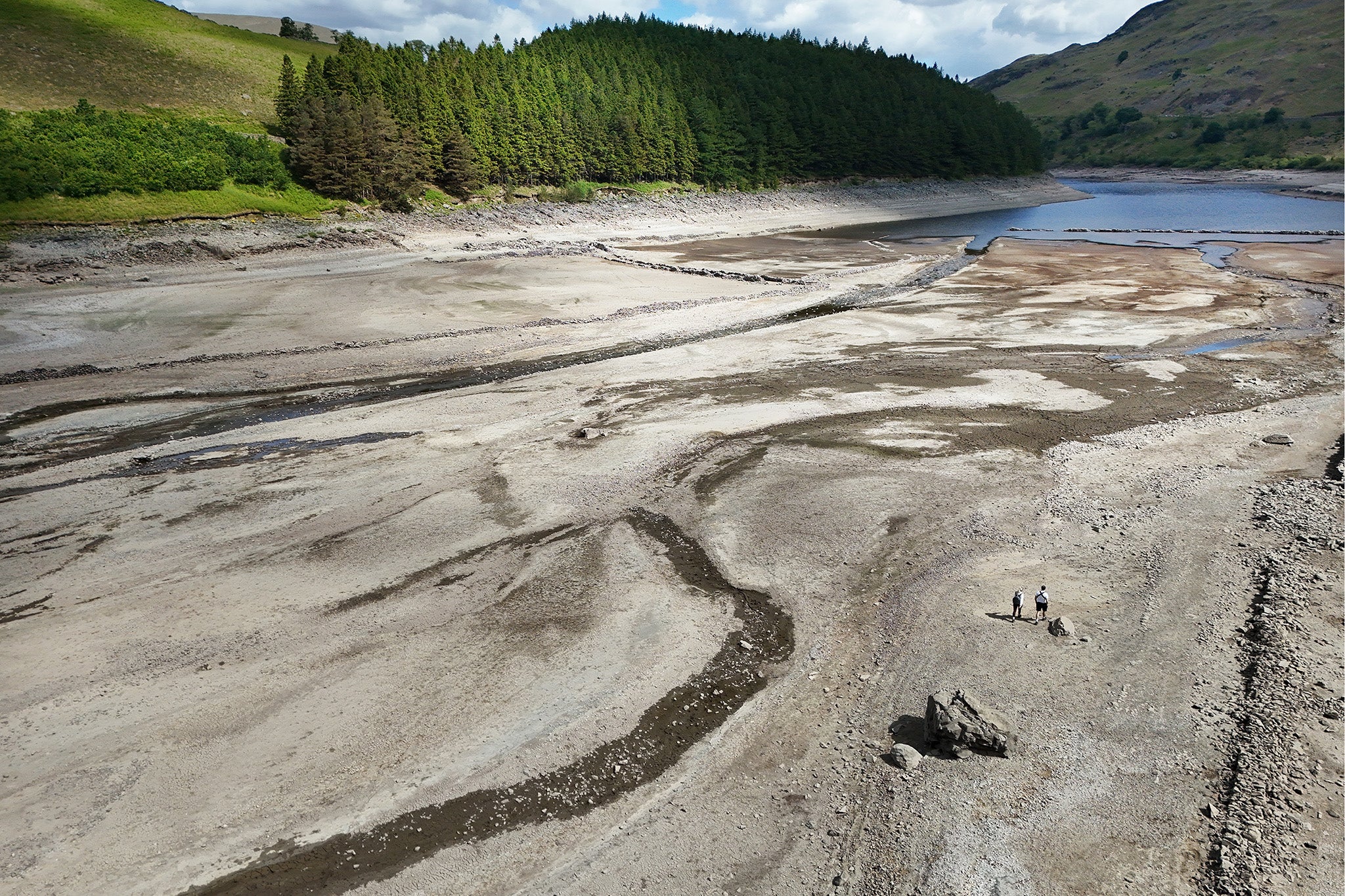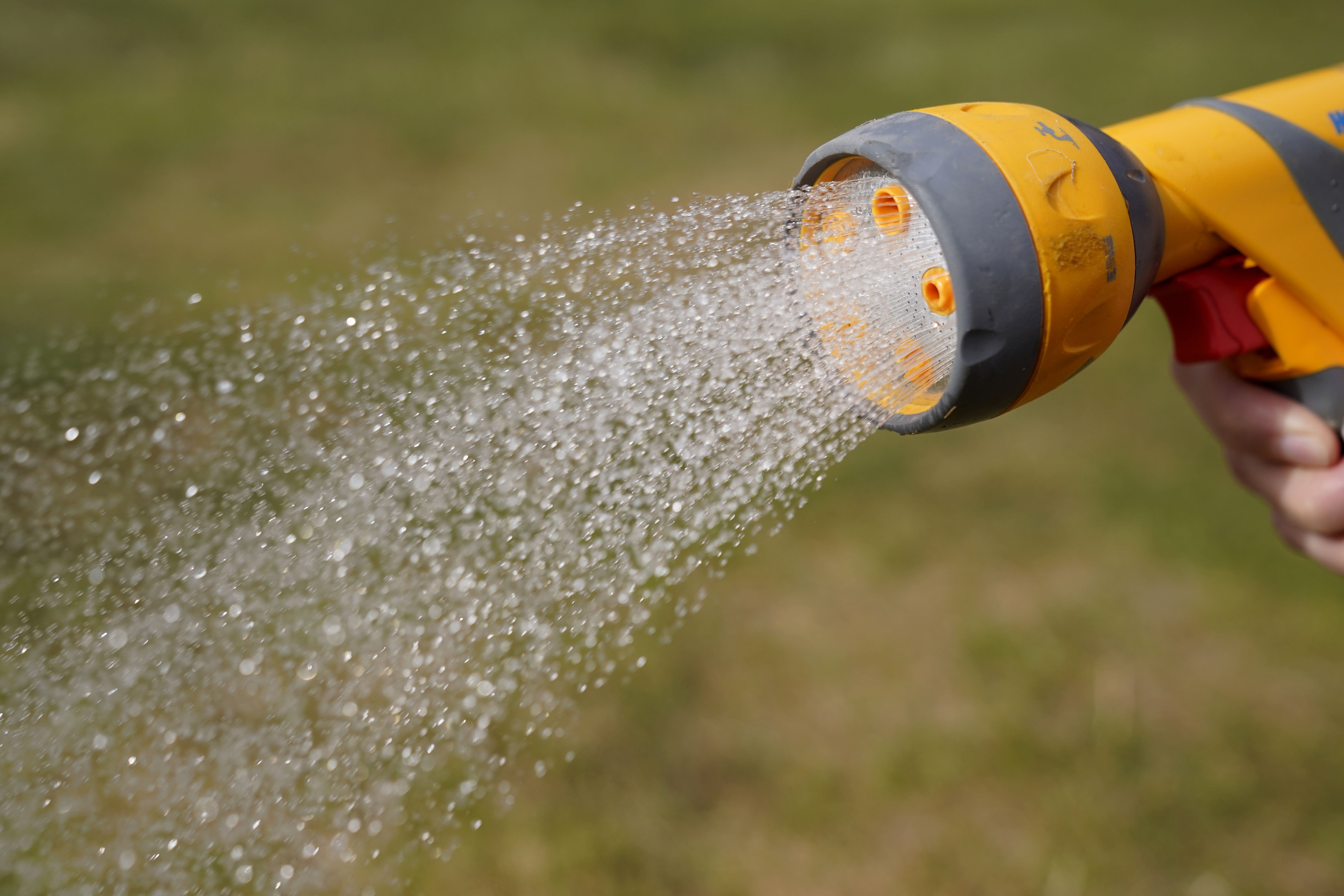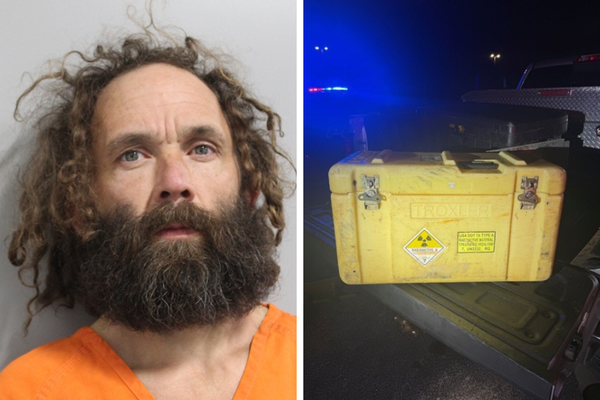People in north-west England and Yorkshire are already experiencing officially declared drought conditions, and those in other parts of the country could face similar circumstances if the dry weather persists.
Droughts are natural events which occur when a period of low rainfall creates a shortage of water, and this reduces water supplies to different users.
Even though a drought is caused by a period of low rainfall, the nature, timing and effects on people, the environment, agriculture or businesses will vary.
The EA said there are four stages of drought – prolonged dry weather, drought, severe drought and recovering drought.
England has experienced the hottest spring from March to May on record, and the driest in over a century, followed by the hottest June on record, with two searing heatwaves hitting parts of the country in the second part of the month and into July, and another set for some areas this week.
Where has drought been declared?
Last month, the Environment Agency (EA) said Yorkshire moved from “prolonged dry weather” to “drought” status.
This means the county is facing a shortage of water after a prolonged period of low rainfall.
It follows the declaration of drought for the north west of England at the end of May, which covers Greater Manchester, Merseyside and Cheshire, and Cumbria and Lancashire.
Experts warn human-caused climate change is driving increasingly extreme weather such as hotter drier summers, and making heatwaves such as those seen recently, which can push up water use just as supplies are scarce, more intense and frequent.
Where have hosepipe bans been announced?
Households in Yorkshire will face a hosepipe ban from Friday after months of unusually hot, dry weather, Yorkshire Water has announced.
The ban affects watering gardens, washing cars and filling paddling pools, with fines of up to £1,000 for breaches, though the firm hopes people will comply voluntarily.
It follows exceptionally low rainfall, just 15cm between February and June, less than half the average, and rising demand, leaving reservoirs only 55.8 per cent full, around 26 per cent below normal.

While Youlgrave Waterworks, a private firm which supplies 500 homes in Derbyshire, became the first to introduce a hosepipe ban at the start of June, Yorkshire Water is the first major utility to bring in restrictions for its 2.3 million households.
People can still wash their car and water their gardens using tap water from a bucket or watering can, while the region’s 139,000 businesses will be allowed to use a hosepipe if it is directly related to an essential commercial purpose – but not for other uses such as cleaning paths outside a business property.
Is anywhere else under threat?
Thames Water has warned it will introduce a hosepipe ban unless the current water shortage "changes significantly".
The company said a lack of rain and increasing demand has stretched supplies, and urged customers to use water sparingly to avoid the measures.

The Environment Agency has declared a state of prolonged dry weather across much of Oxfordshire, Berkshire and Surrey. It said the Thames region has seen only half its usual rainfall over the past three months.
Thames Water said that water demand in Swindon and Oxfordshire surged on 30 June to levels not seen since the 2022 drought.
The company urged customers to help save water by taking shorter showers, turning off taps and allowing lawns to dry out.
Thames Water bosses recalled before MPs to face grilling on bonuses and rescue
London heatwave killed 263 people – with climate change to blame for most, study says
Climate change blamed as deaths during recent heatwaves tripled
Increased temperatures harming fish and wildlife in UK’s rivers
Married banker sacked over affair with his co-worker sues for sex discrimination
Charles bids farewell to President Macron during touching goodbye







